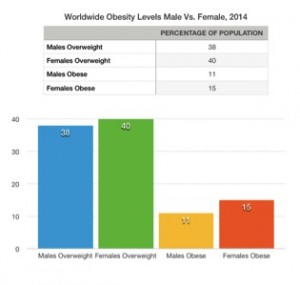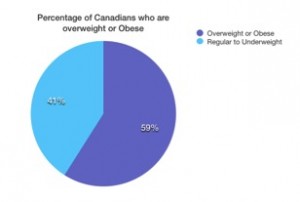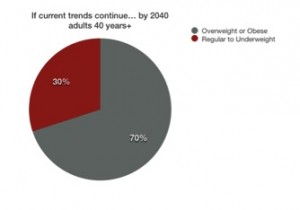“The Journal of School Health revealed PE teachers are so biased against fat children they automatically assume they are less clever and have fewer friends than fitter pupils.”
Hard facts:
Worldwide:
- 42 million children under the age of 5 were overweight or obese in 2013
- The fasting growing areas are the low to middle income countries with emerging economies, particularly in urban areas.
In Canada:
- The fastest growing provinces are Alberta, Saskatchewan, Ontario, New Brunswick and Nova Scotia
Global reasons:
- Increased intake of energy dense foods that are high in fat and sugar
- Increase in sedentary nature of many forms of work, modes of transportation and increased urbanization
What can we do?
- Limit energy intake from total fats and sugars
- Increase our consumption of fruits and vegetables
- Engage in regular physical activity (60 minutes a day for children, and 150 minutes a week for adults)
- Support each other in our endeavors
- Educate ourselves and others
YOUR THOUGHTS?
http://www.who.int/mediacentre/factsheets/fs311/en/
http://childhoodobesityfoundation.ca/what-is-childhood-obesity/statistics/O





